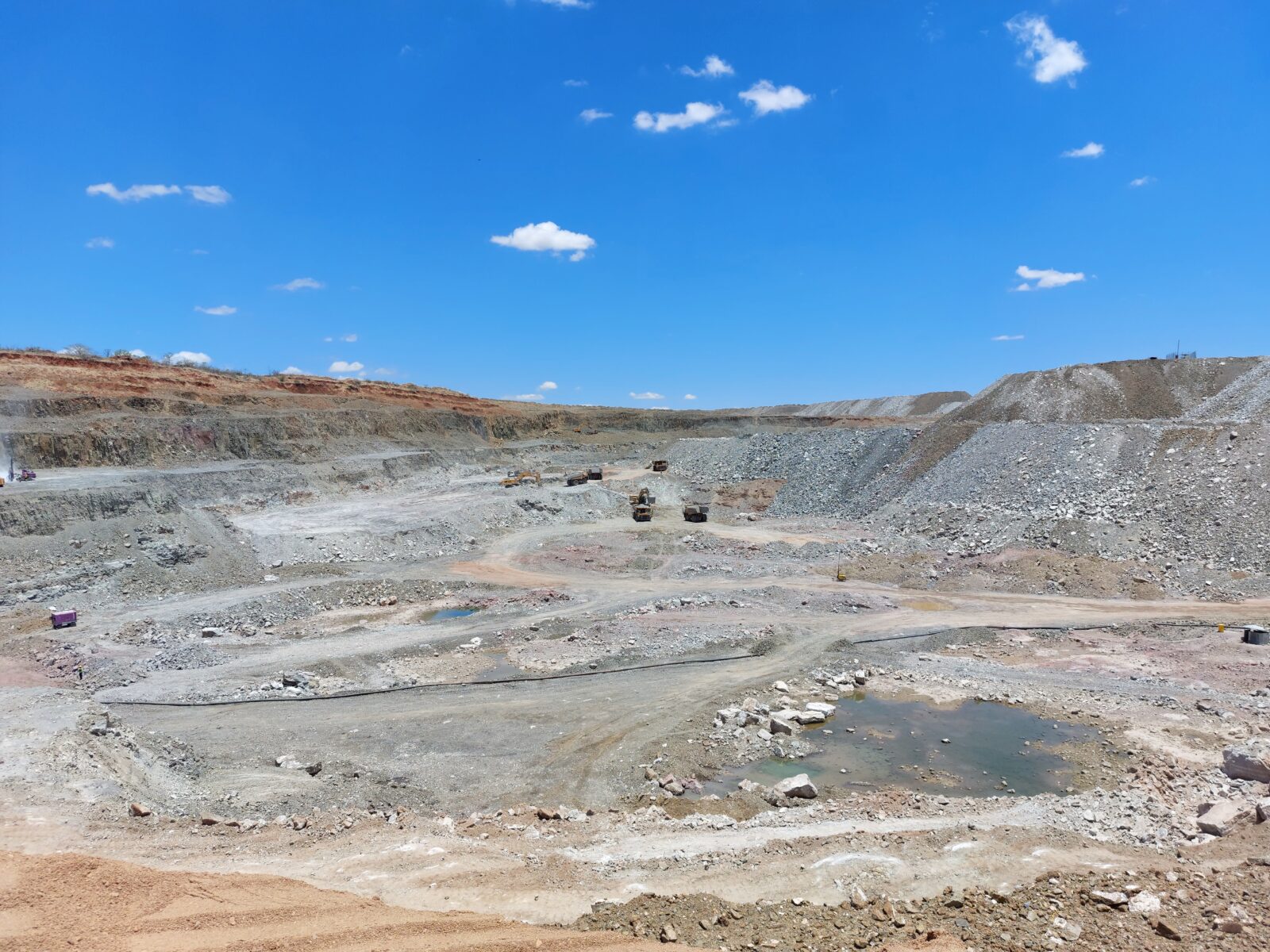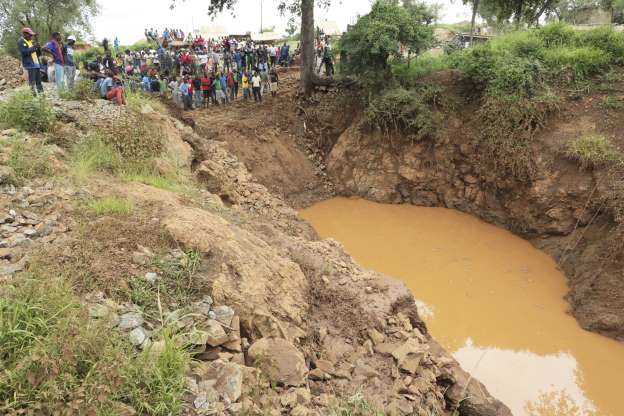Exploring the Rich History of the Umkondo Basin

In October 2023 Mining Zimbabwe and other Media outlets were invited to the Zimbabwe Consolidated Diamond Company (ZCDC) to have an appreciation of how the Diamond miner was faring in terms of production. We spoke to the Exploration Manager who took us through the history of the Umkondo basin.
My name is Mr Hopewell Mvura I am the ZCDC Exploration Manager. What we are seeing here is a conglomerate unit where we are mining for diamonds within the ZCDC shares of formation.
This is what we refer to in geological terms as the Umkondo Basin.
The Umkondo Basin is more of a fallen basin which was formed more than 1.2 million years ago and it is more of an alluvial deposit where material was transported from various sources and deposited within this basin.
The basin resembles what we refer to as more of an ocean area.
Just like in the current days, you know that streams are eroding and are transporting material all the way to the ocean. So sedimentary units were deposited within this Umkondo Basin, which is a fallen basin.
At the bottom of this basin, we’ve got what we refer to as a Conglomerate rock, which is the one which was our diamonds here in Chiadzwa. On top of that conglomerate rock, you’ve got what we refer to as the grit. The grit also has got some diamonds. But the diamonds in the grit are quite small and the big diamonds are found within the conglomerate unit.
So the conglomerate unit consists mainly of clasts that are more of sedimentary material and then the clasts are more of quartz. Then they are cemented and consolidated by some calcite or iron material, which has managed to make the conglomerate more consolidated and more competent. So the diamonds within the conglomerate are quite big compared to what you find within the grit. That is a layer which is above the conglomerate.
The thickness of the conglomerate is about one meter, plus or minus and there are areas where the thickness can be just a few centimeters. But in terms of diamond deposition, we’ve realized that the concentration is per unit area, not per unit volume. So this deposit, in terms of grades, it is a high-grade deposit.
There are areas where we can get grades which are as high as 1,000 CPHT. That is carats per 100 tons. If we mine 100 tons, we’ll be able to get plus or minus 1,000 carats. There are areas like that. But on average, we are getting grades around 500 CPHT on the whole of this concession.
In terms of the quality of the diamonds, we are getting more of a gem quantity. The gems are in the range of plus or minus 20% gems. The greater part are what we refer to as bots, or many people refer to them as industrial diamonds, which are more on the low-quality side.
The other thing I would like you to understand is the main source of diamond, or the conceit, which is responsible for bringing diamond to the surface, is what we refer to in geological terms as a kimberlite pipe or a labradorite.
So the source of this Chiadzwa diamond is not known at the moment. There have been different schools of thought. However, most people, tend to think that the source could be continental. Not necessarily that is close to where we are right now. The source is most likely continental, which means there is a kimberlite pipe which is sitting somewhere else, whose source we don’t know. It was exposed to the surface, and then it was eroded. As it was eroded, the diamonds were now transported and deposited within this massive Umukondo Basin.
This is where we are mining at the moment. And the Umukondo Basin stretches all the way from Chiadzwa. It gets to Chimaniman. So in Chimanimani, we’ve got another operation, which we refer to as the Port of Chimanimani. But that one, we are mining our diamonds within the upper part of the Umukondo Basin, which is the same basin as where we are right now. So there is massive potential in terms of mining.
There is massive potential in terms of more exploration work, which is part of our expansion program and the exploration program so that we are able to determine more diamond resources.
So as far as our resource statement is concerned, right now, we’ve managed to confirm plus or minus 56 million carats of diamonds, which are still to be mined here and then in terms of the depths, our mining has been concentrated to less than 50 meters from the surface. As you can see from this pit, which is behind me, we’ve gone up to plus or minus 40 meters from the surface. So we are mining along strike, where there is much stripping. However, a lot of work has been done to a depth of about 300 meters from the surface in terms of drilling. So we have confirmed the existence of this conglomerate layer, even up to 300 meters from the surface.
So there is greater potential for this unit. I think.
This article appeared in the issue 69 of the Mining Zimbabwe Magazine


